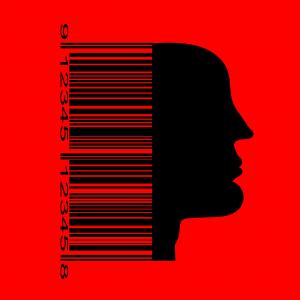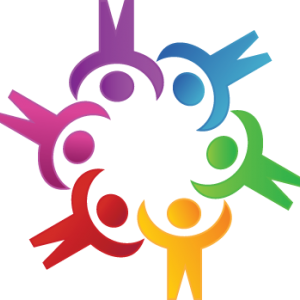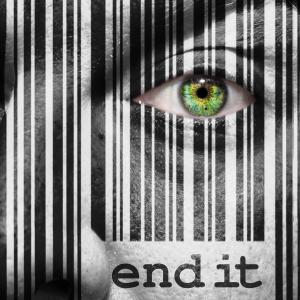Lyndsey Christoffersen, Ph.D. is an instructor at Chapman University and cofounder of the Long Beach Human Trafficking Task Force. She researchs human trafficking and wrote her dissertation, 'City of Slaves: Local Regulation of Human Trafficking,' on modern day slavery in Los Angeles County.
Posts By This Author
Blaming the Victim
From "modest is hottest" to misreading sexual violence in the Bible, Christians have a checkered history regarding rape culture.

Mindmo / Shutterstock
WHEN I WAS 15, my church youth group was not a safe place. Like most youth groups, there were college-age volunteers who served as counselors and Bible study leaders.
One counselor, Paul, took it upon himself to constantly tell me I wore too much makeup, my clothes were too tight, and that I was a flirt. These actions took place in public for six months while other counselors and students watched and laughed. The interactions came to a head when he commented on my lipstick color and I snapped back at him. He grabbed me, forced me onto his lap, and told me I liked it.
At the time, I just thought Paul was creepy; I now recognize his behavior was sexual harassment. I also recognize that the other members of my youth group, including the leaders, saw his behavior and failed to intervene. Why did this happen? Both Paul’s behavior and the leaders’ silence belong to a larger set of attitudes in our culture—and churches—that allows sexual violence and sexual harassment to become normal, even expected, behaviors.
This set of attitudes is known as “rape culture.” When we fail to confront these toxic attitudes in our churches, we undermine our love for our neighbors, ignore the Bible, and misrepresent God as misogynistic.
Traffickers Come in Many Forms
The 2009 movie Taken throws its audience into the world of human trafficking. An American teen girl and her friend are taken while on a European vacation and sold into the sex trade through a multinational mob-ran human trafficking ring. The girl is ultimately rescued by her secret agent father played by Liam Neeson. With an estimated gross profit of $145,000,000, it is clear that audiences liked this action-packed thriller. While entertaining, unfortunately, Taken dramatizes and stereotypes traffickers. Contrary to what's portrayed in popular movies, there are many types of traffickers beyond the stereotypical pop-culture swarthy, heavily accented, and foreign organized crime ring.
First, many corporations participate in human trafficking by turning a blind eye to the working conditions of either their workers or the workers of their suppliers, vendors, contractors, and subcontractors. For example, the chocolate and fine jewelry industries are notorious for using slave labor. Beyond these well-known industries, exploitation occurs in the garment making trade, unscrupulous adoption agencies, and agriculture.
Human Trafficking: Community Is Essential
Diedrich Boenhoeffer wrote about it. Pastors preach about it. Churches strive for it.
Community.
It is a concept that has had a long history in the American church. It can come in many forms. Bringing a meal to a stressed out new mother. A church ice cream social. Youth group. Singles ministry.
But what does community look like when working on a social issue?
For human trafficking, that community comes in the form of partnerships. The 2000 federal Trafficking Victims Protection Act (TVPA) originally addressed human trafficking by creating the three 'Ps': prevention, protection, and prosecution. But after implementation occurred, the anti-trafficking community realized there was something missing. Thus, in 2008, the fourth 'P' —partnership — was added.
The Modern-Day Orphans and Widows
James' assertation that "Religion that God our Father accepts as pure and faultless is this: to look after orphans and widows in their distress"(1:27) is nothing new in the church. This verse gets pulled out on service days and when seeking funds for short-term mission trips. Its widespread usage makes it easy for us to see the orphan and widow as abstract conceptions. At best they are just another good we should do and at worst, we see them as an outdated notion that does not really apply to the modern American church.
However, the plight of these two underrepresented and often ignored groups — women and children — has modern impacts. These two tell the tale of human trafficking today. Human trafficking is an emerging human rights issue both globally and in the United States. With an estimated 14,500 - 17,500 trafficked through the U.S. each year, it is essential for the church to take notice. The orphan and widow make up the majority of human trafficking survivors.


